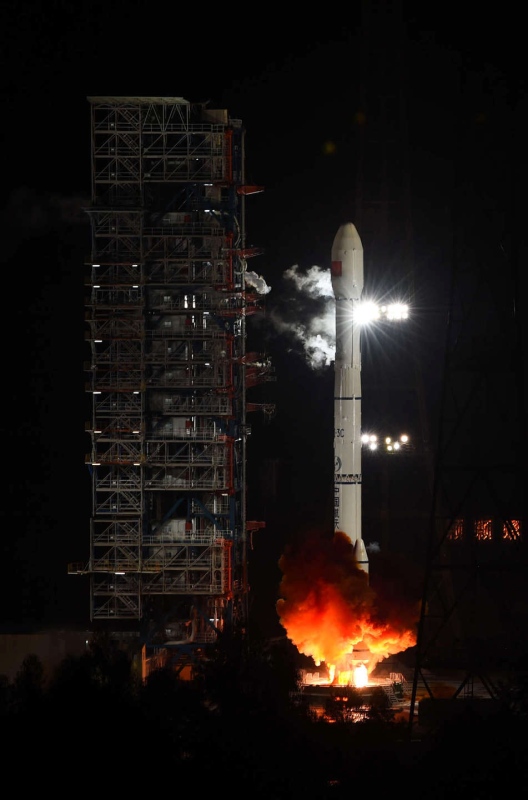CHINA TRAVEL ON THE MOON. A SPACE PLATFORM LAUNCHED FROM THE BASE OF XICHANG
China launched an unmanned experimental spacecraft on board from the base of Xichang in the southwestern province of Sichuan. The objective of the mission is to test the technology to be used in 2017 on the space probe Chang’e-5.
The spacecraft will return to Earth with samples of lunar soil. This was announced by the State Administration for Science, Technology, Industry and the Chinese Defense. The mission will last eight days and was carried out by the China Aerospace Science and Technology Corporation, writes Xinhua.
On the return trip, the spacecraft will enter the Earth’s atmosphere at a speed of 11.2 kilometers per second, the scientists explain, before slowing down and finish the race on the soil of Inner Mongolia, northern China. In December last year, China had launched the Chang’e-3 spacecraft, carrying the moon rover Yutu (“Jade Rabbit“) that had landed on the moon twelve days after the launch from the base in Sichuan.
After the initial national enthusiasm by scientists to have made China the third country after the United States and the former Soviet Union, have just sent a spacecraft to the moon, the mission had met the first problem, because of some mechanical damage to the lunar rover, which was not, however, scheduled to return to Earth.
China is developing an ambitious space program for years. The first two missions of the moon, Chang’e-1 and Chang’e-2, date from 2007 and 2010, whereas in 2003 the sending of the first manned space mission on board. China has already launched in 2011 its space station, the Tiangong-1, becoming the third country after the United States and the former Soviet Union, to have their own space laboratory, and is currently studying for the realization, by 2020, of a second permanent space station, the Tiangong 2.





